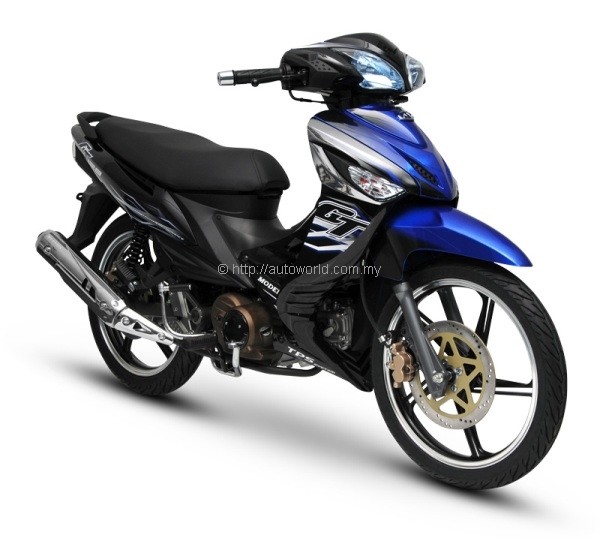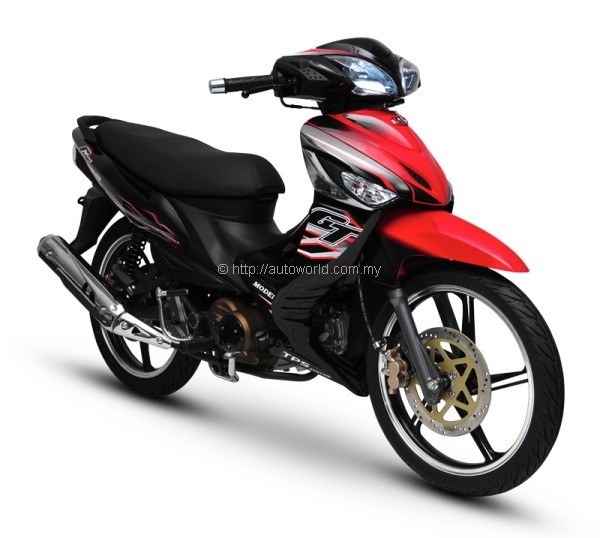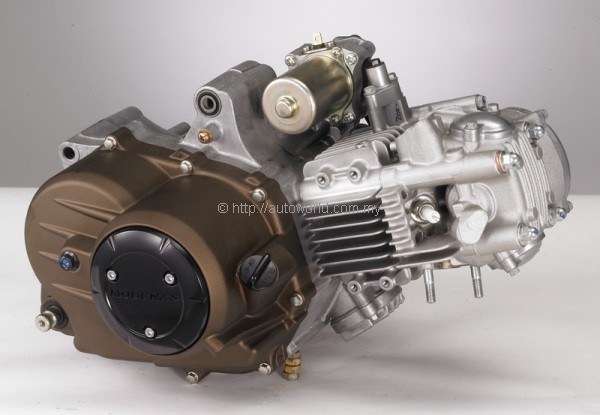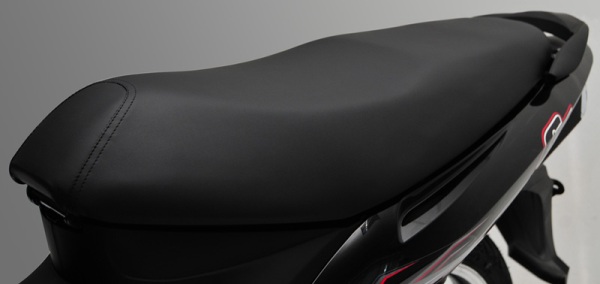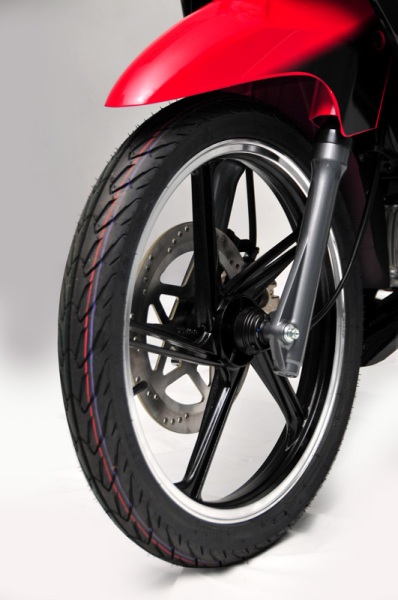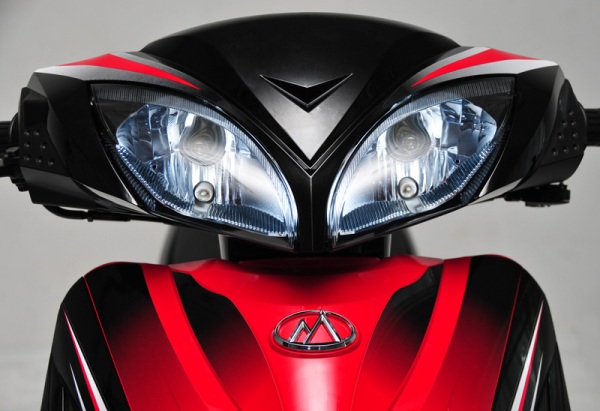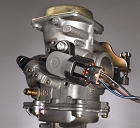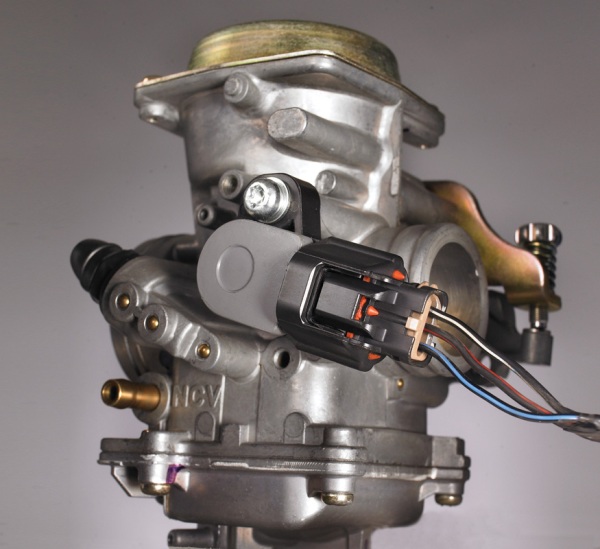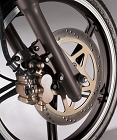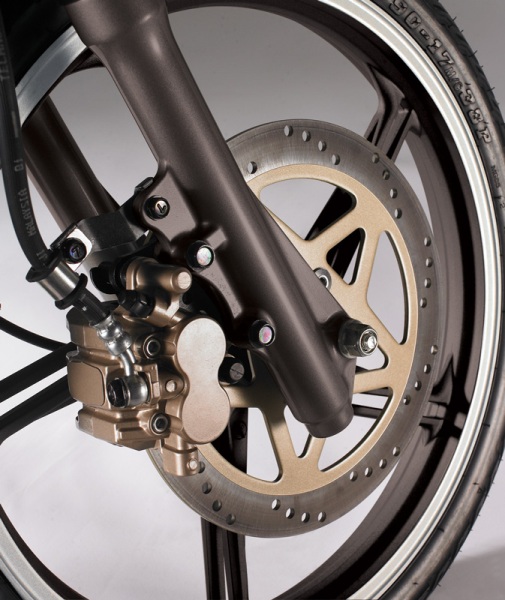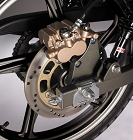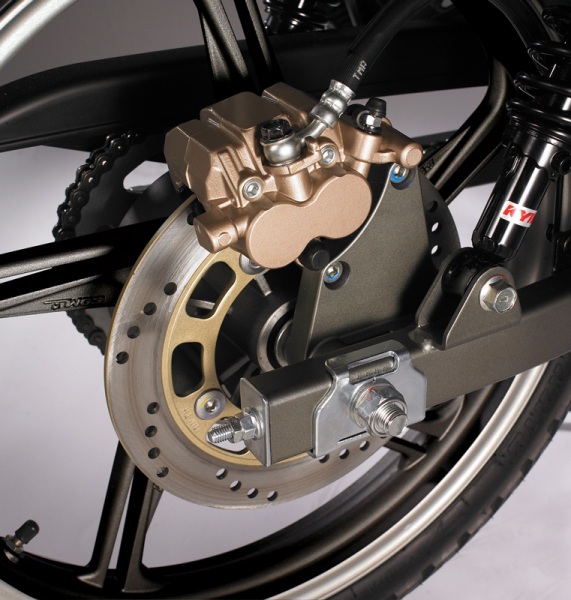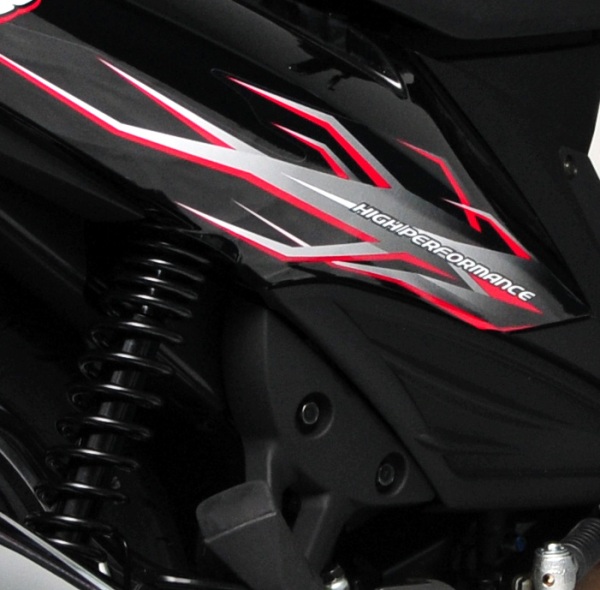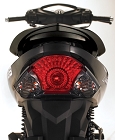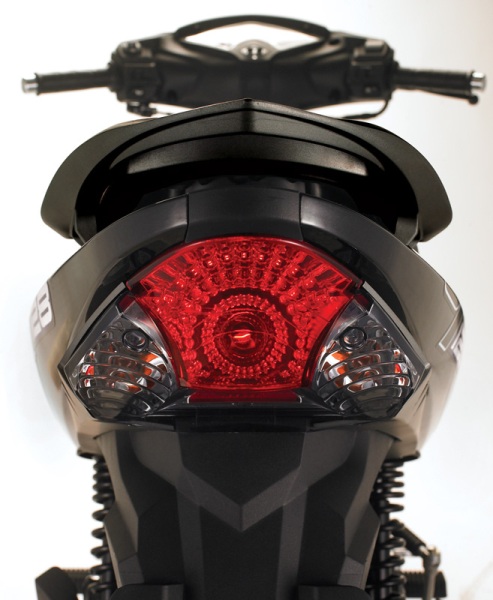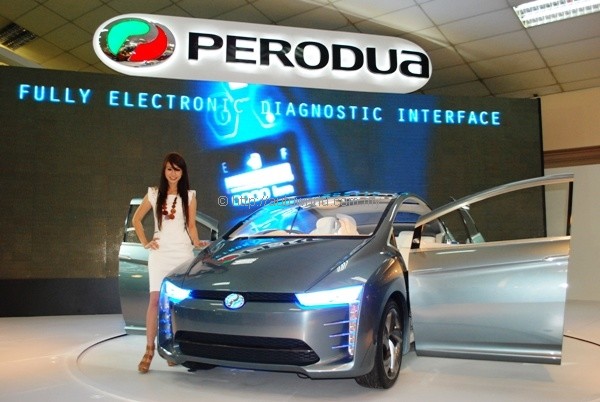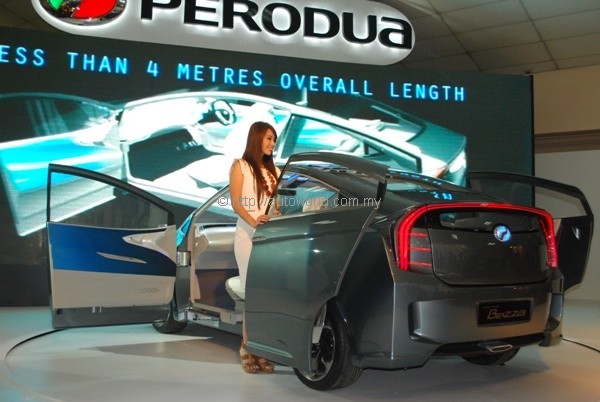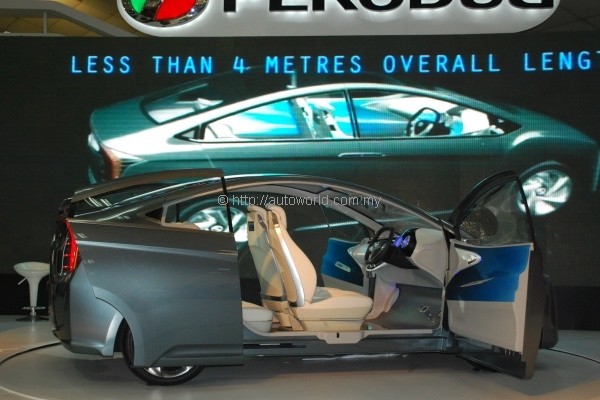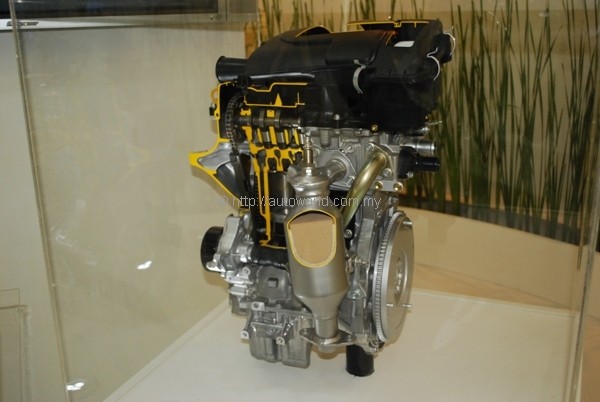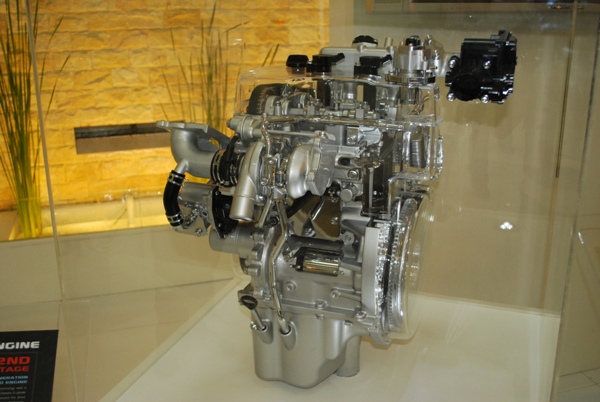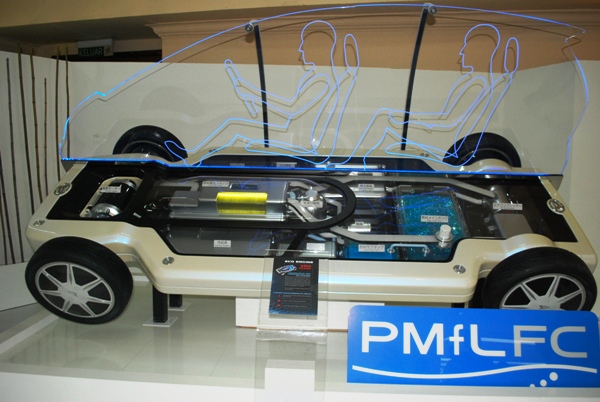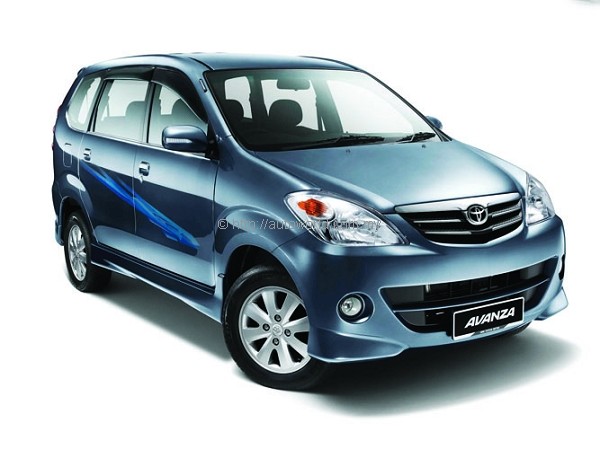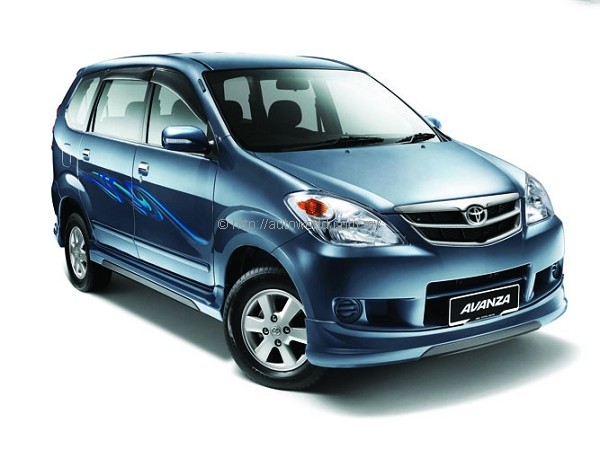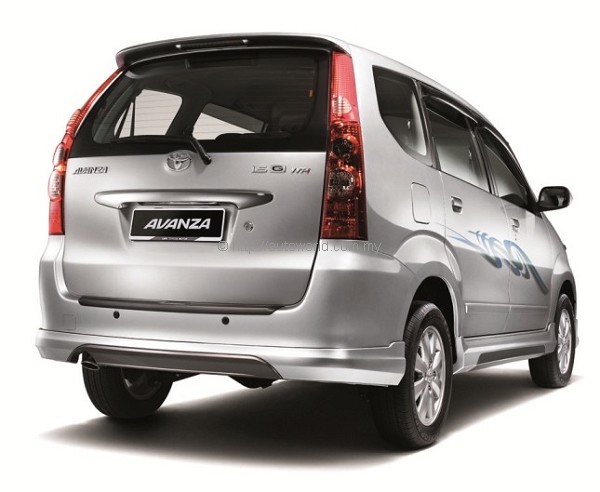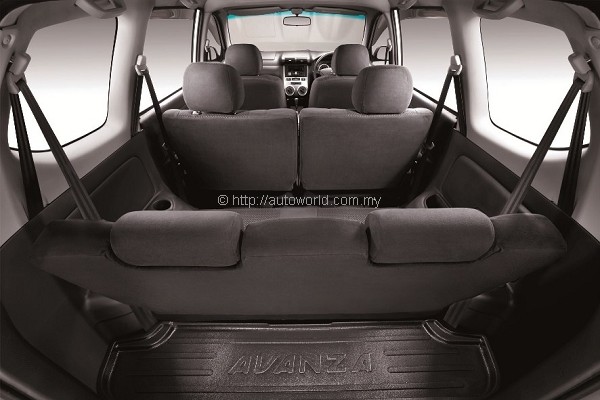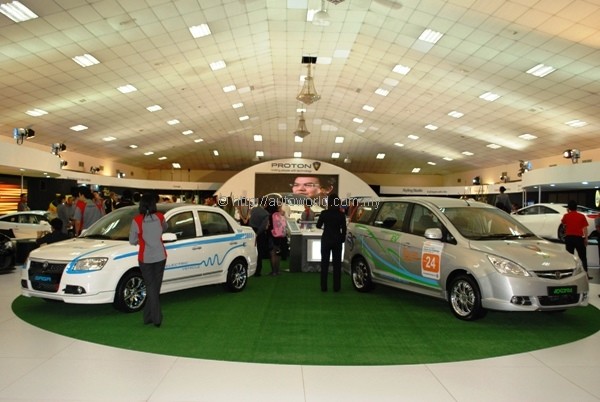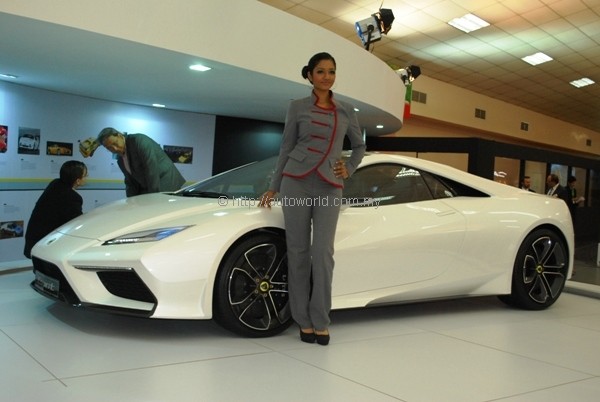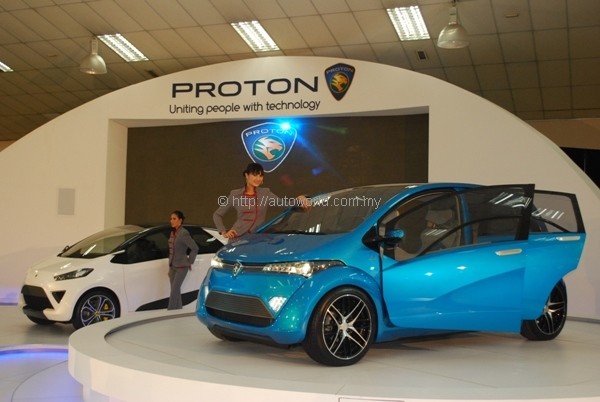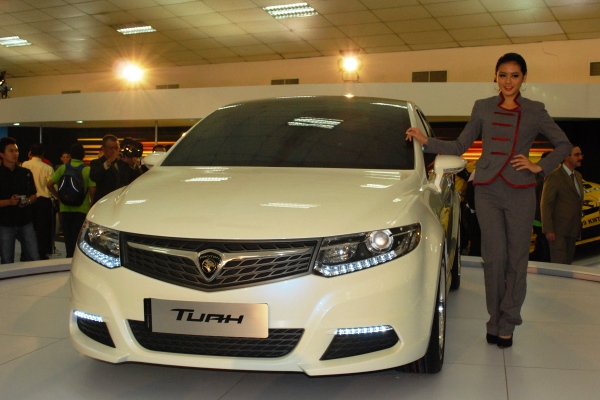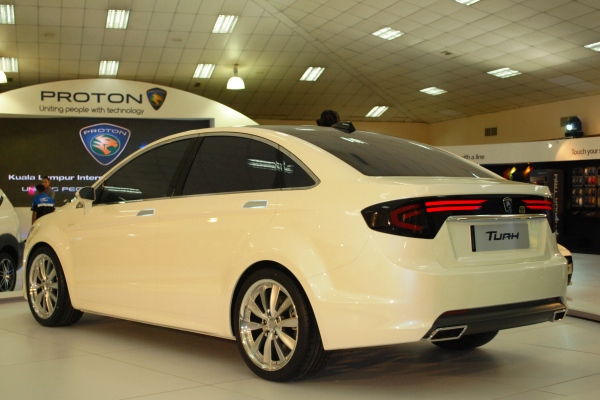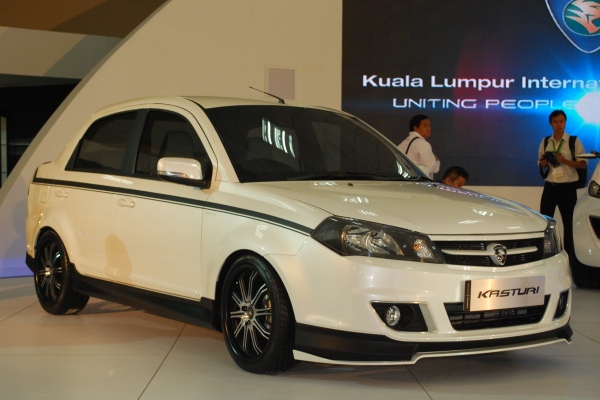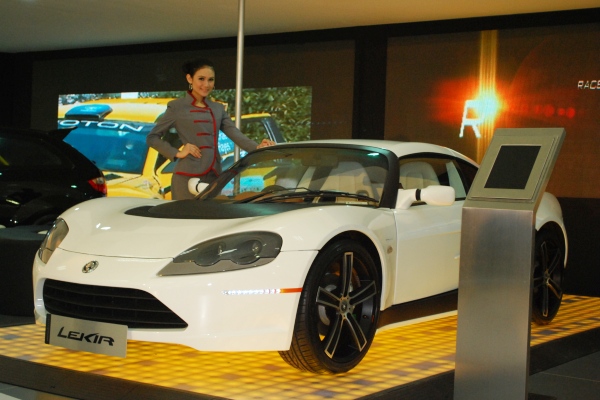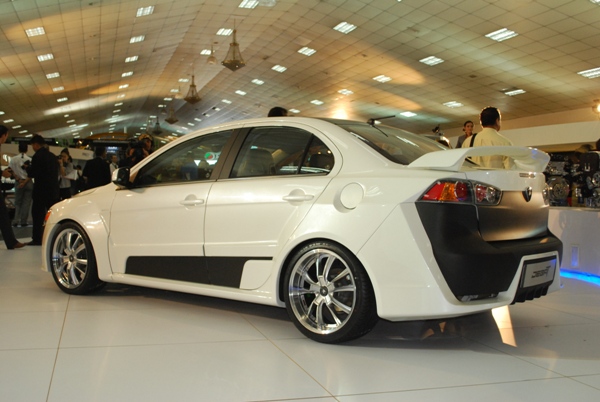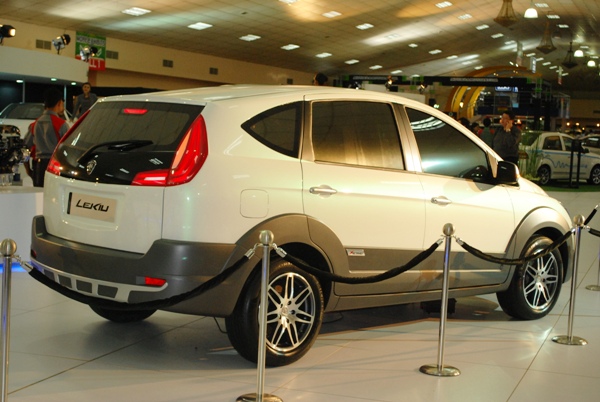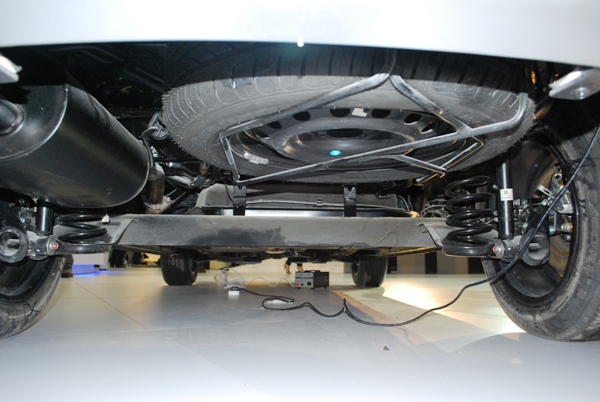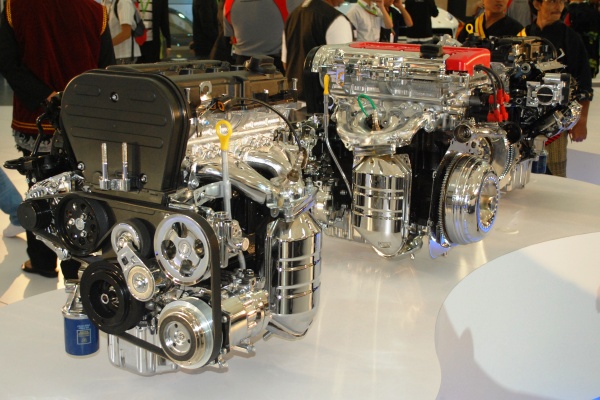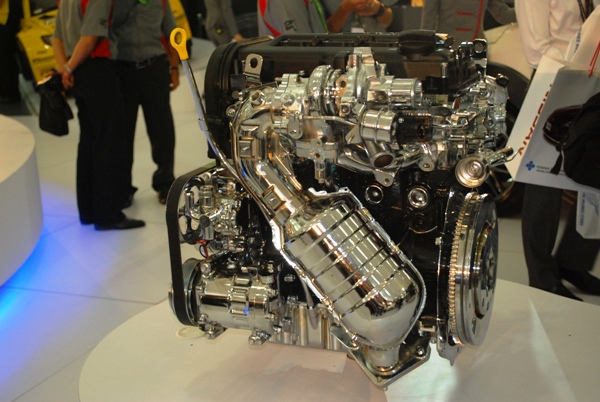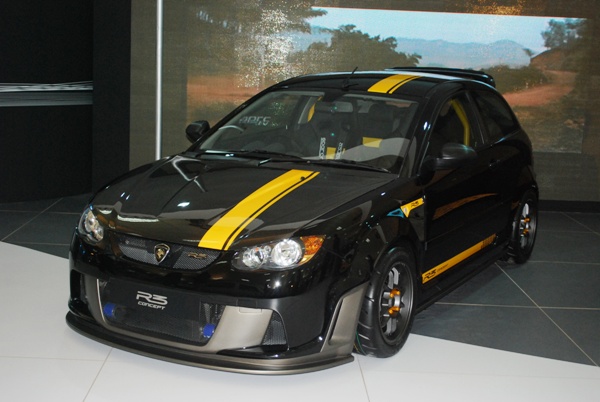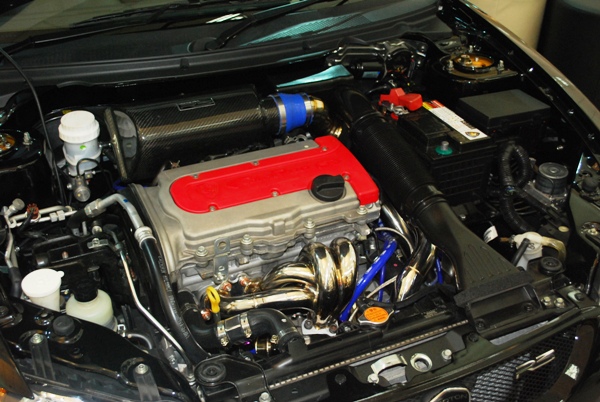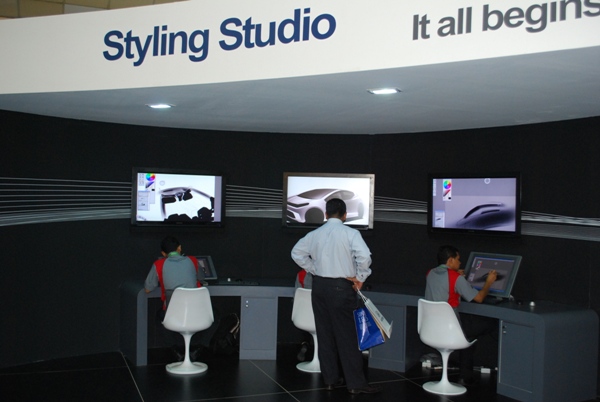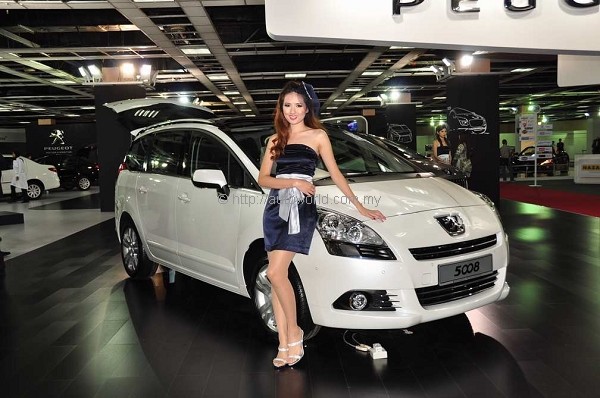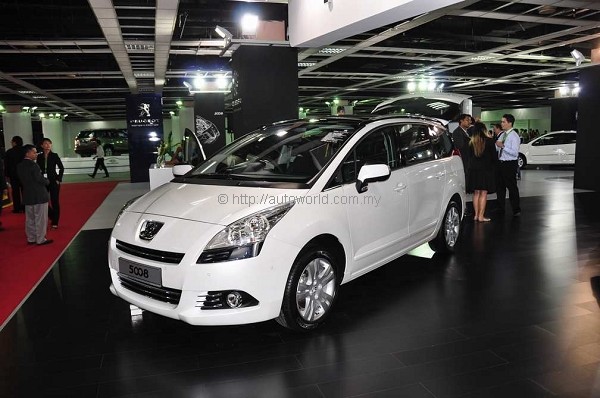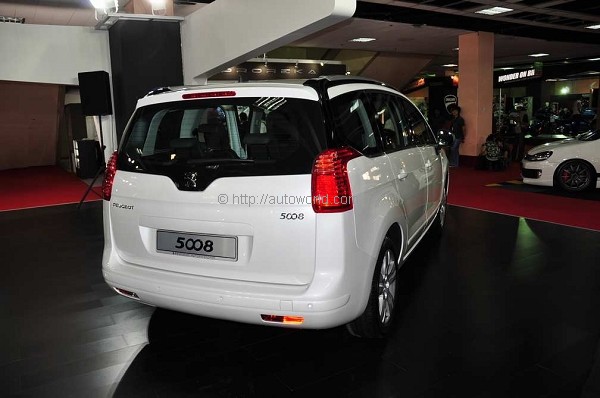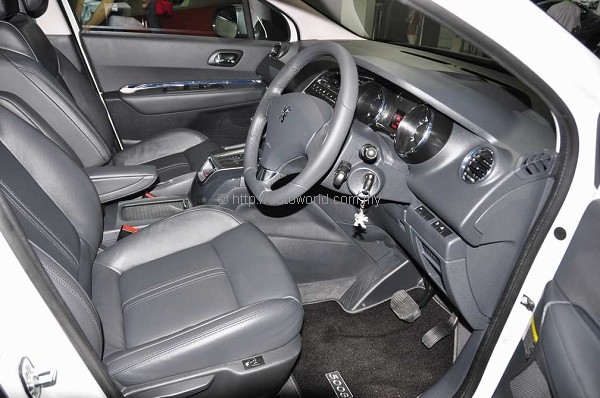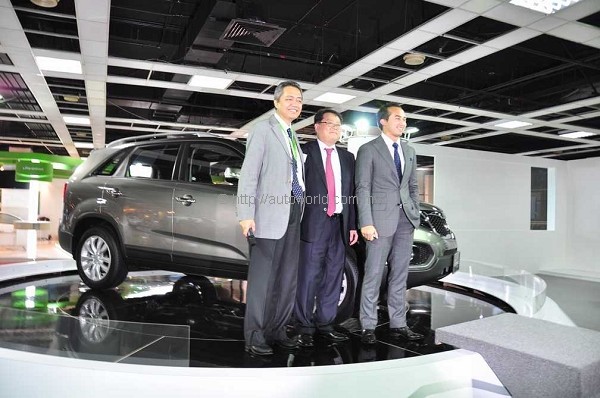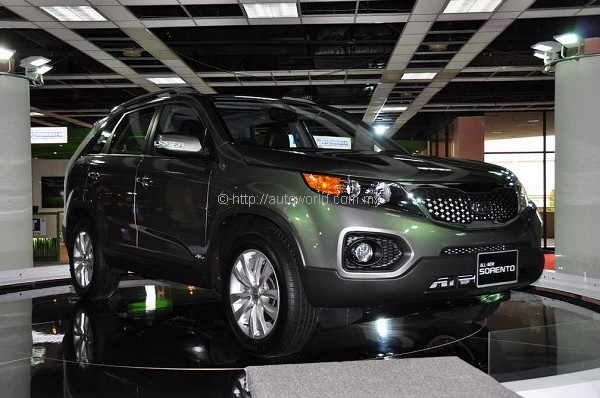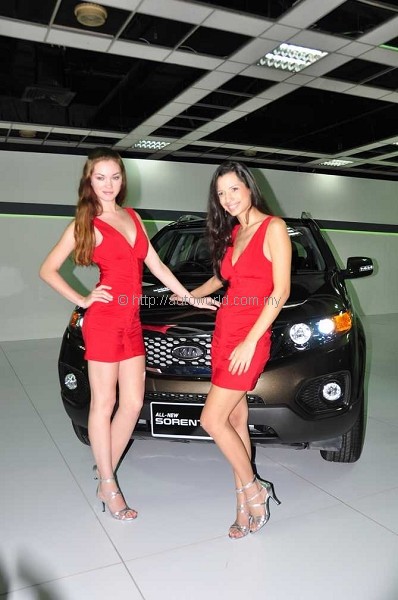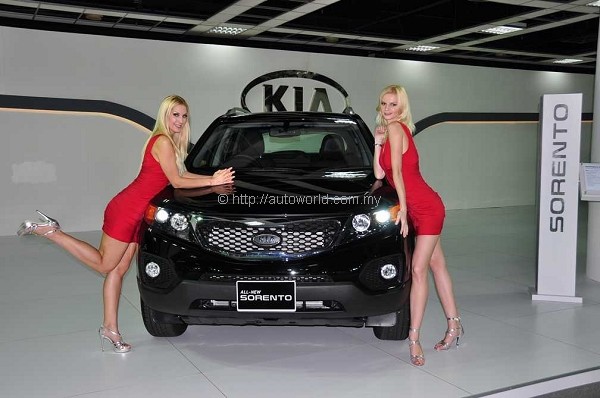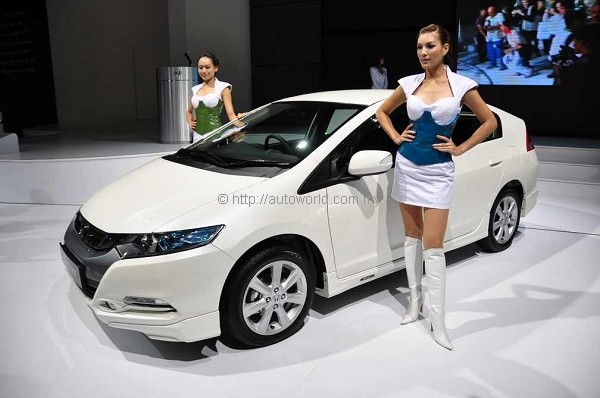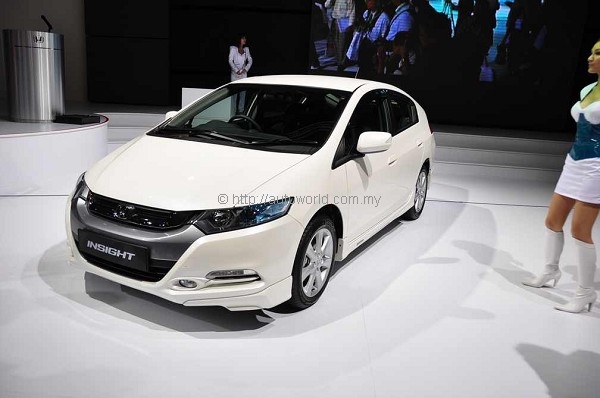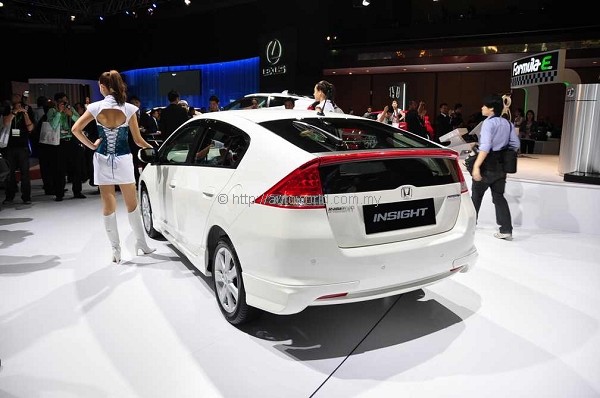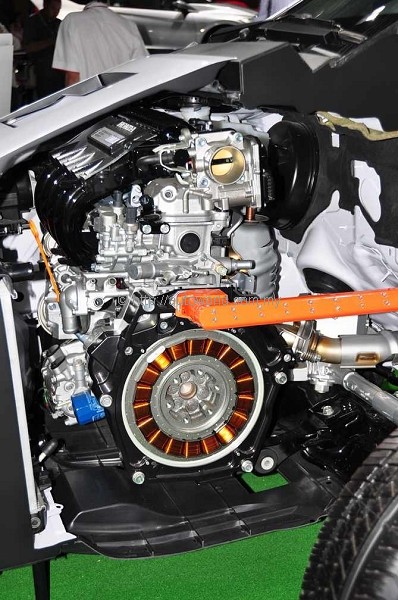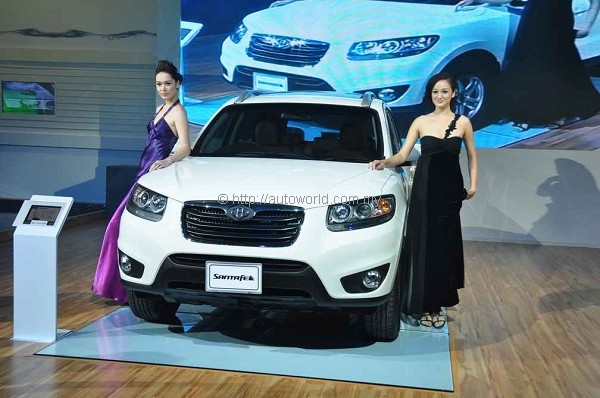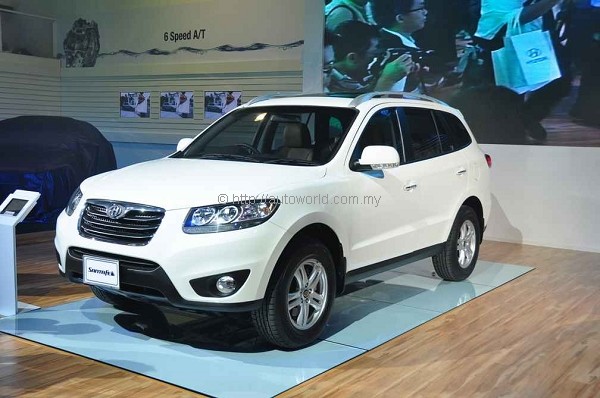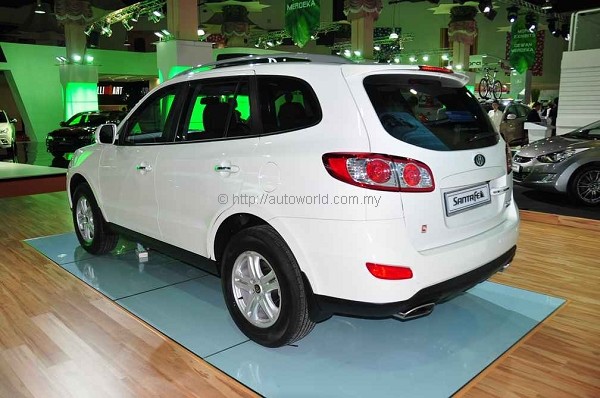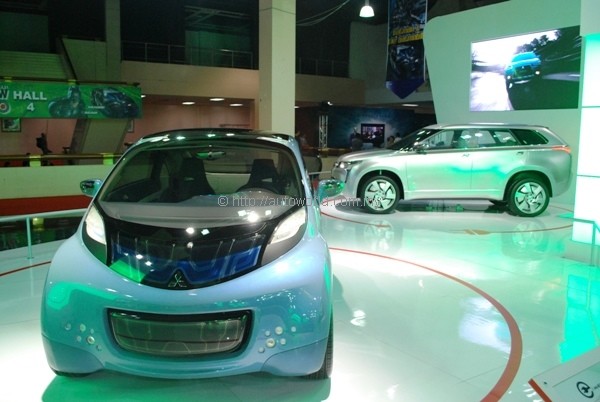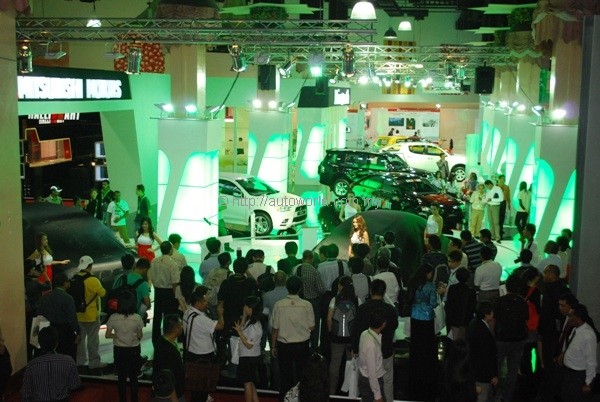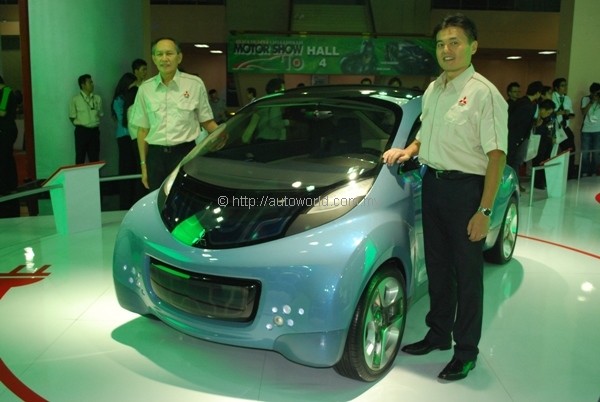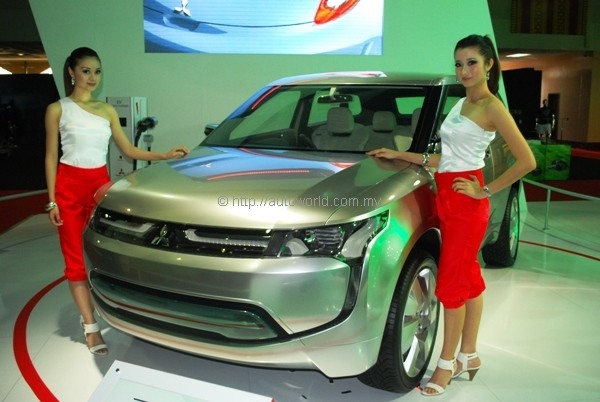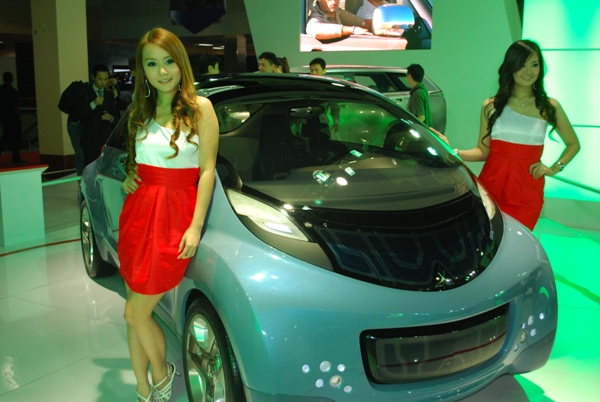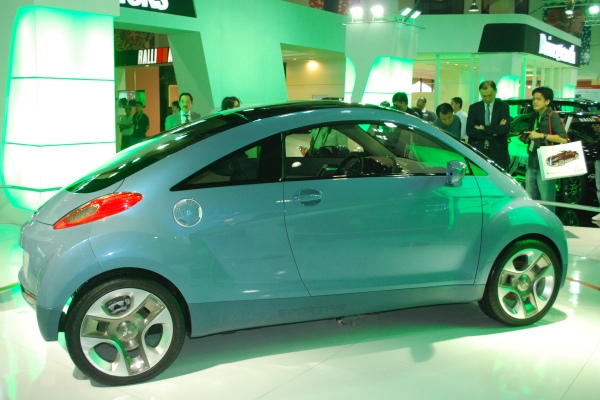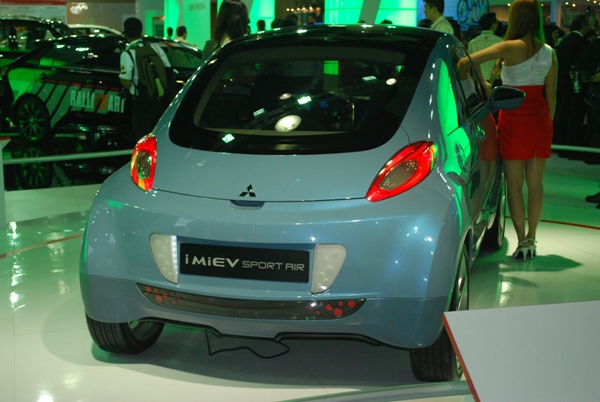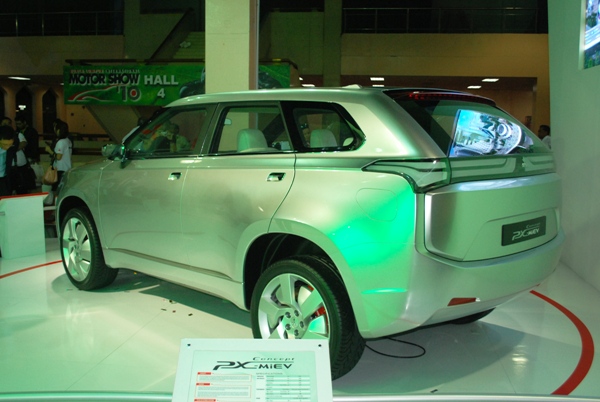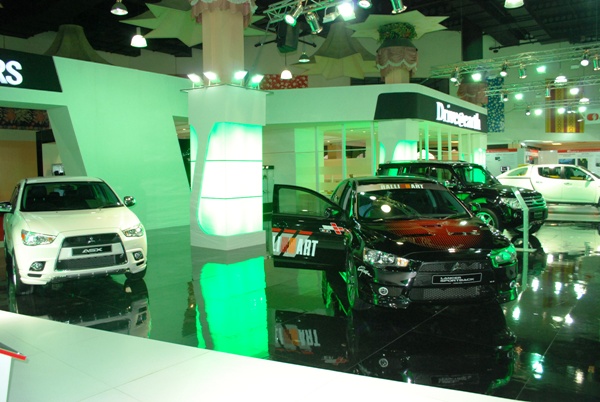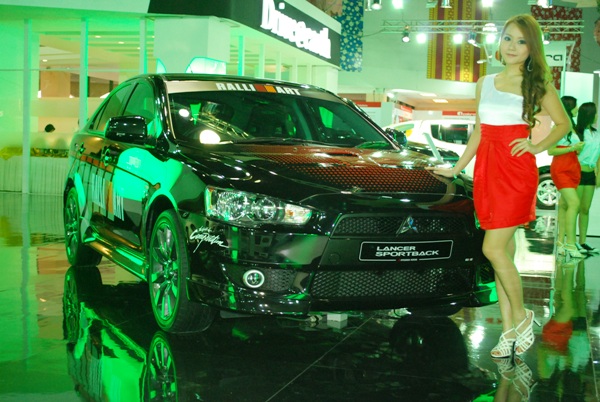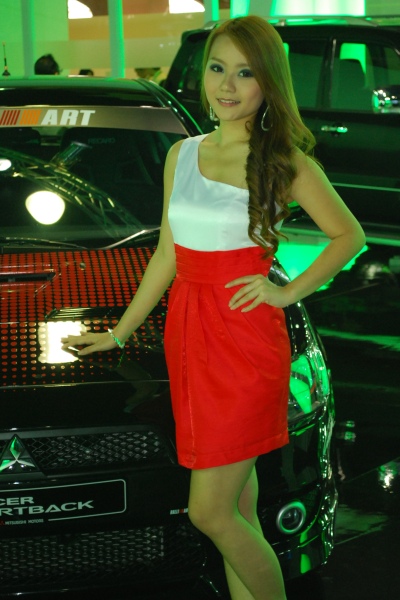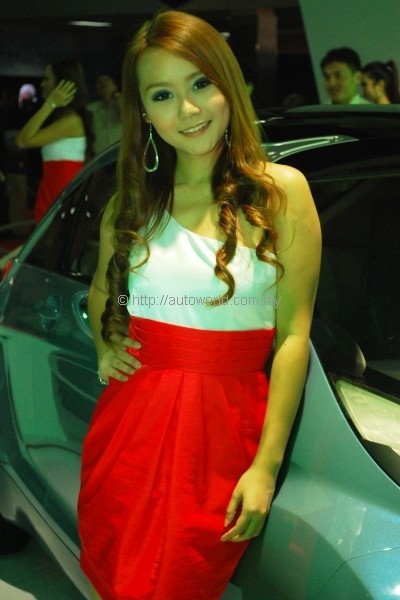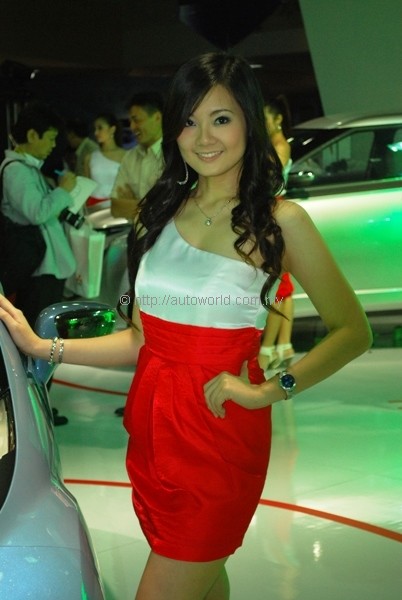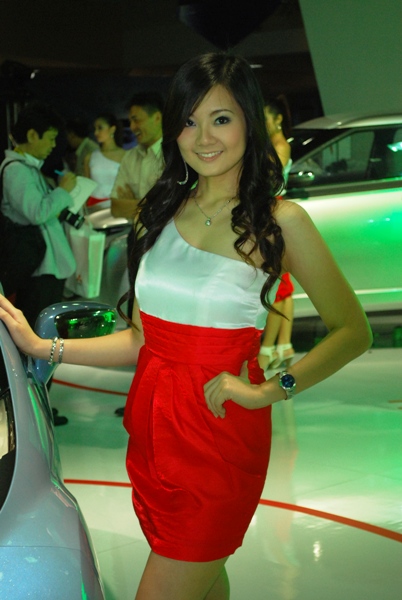Nasim Sdn Bhd, the official distributor of the Peugeot brand in Malaysia, today launched the award-winning and highly acclaimed Peugeot 5008 at the 2010 Kuala Lumpur International Motor Show (KLIMS), marking the French carmaker’s entry into the domestic premium MPV market.
The seven-seater 5008 is a new interpretation of the MPV and sets itself apart from its competitors in terms of power, luxury, comfort, practicality and safety.
“The new 5008, like its sibling, the 3008, has won numerous awards abroad and features cutting edge technologies to enhance comfort, convenience and safety,” said SM Nasarudin SM Nasimuddin, CEO of Nasim.
With an on-the-road price of RM159,888, the front of the 5008 features attractive profiled headlamps, a steeply plunging bonnet, a chrome-detailed grille and 17-inch alloy rims to exude both a sporty and premium appeal.
The vehicle’s profile portrays an elegant styling line which begins at the rear door before accentuating on the wing and passing onto the rear to add a touch of dynamism the 5008’s side profile.
Inside, the 5008, features a luxurious interior equipped with avant-garde technologies and exemplary modularity. The overall ambience in the 5008 is enhanced as a result of its stunning 18 sq ft panoramic glass roof and plush leather interior.
The instrument panel in the 5008 is extended by the design of the elegant centre console with a flowing design to focus around the needs of the driver.
Technology and entertainment is a key characteristic of the 5008’s interior with the inclusion of two seven-inch LCD screens located in the front seat head restraints, two Bluetooth wireless headsets and a connection console which can be connected to a DVD player or video-gaming consoles.
The connection console makes it possible to connect two video sources simultaneously making each screen independent in terms of the image shown. That way, one passenger can, for example, watch a movie while the other plays a video game.
The 5008, which was awarded MPV of the Year by the UK’s What Car? Green Car of the Year Awards 2010, features a head-up display unit (HUD) which displays essential driving information such as speed, cruise control/speed limiter and Distance Alert.
Distance Alert is a technology which assists the driver in ensuring the 5008 is within a safe distance from the vehicle ahead. This technology is made possible by a radar located behind the lower front bumper panel which measures the time in seconds between the vehicle in front and then transmits this data to the HUD. This non-intrusive alert system, which can be set between 0.9 seconds and 2.5 seconds, will alert the driver if the 5008 gets too close to the vehicle in front.
Another feature of the 5008 that makes it stand out is its Available Space Measurement aid. Through the use of two sensors on the sides of the front bumper, a visual indication of the possibility of parking in a free space is displayed.
Other key aspects in the interior includes an electric automated parking brake as well as USB and Bluetooth connectivity to its MP3/ CD player which is connected to six speakers. The 5008 also features automatic dual-zone air-conditioning with adjustable second-row air-diffusion.
The second row of the new 5008 comprises three individual seats which can be adjusted lengthwise and reclined for optimal comfort and folded into the passenger compartment floor to form a perfectly flat surface. The trunk of the 5008 can accommodate 823-litres of cargo while total luggage space is 2,506-litres with the rear parcel shelf removed and second row seats folded.
Underneath the hood of the 5008 is a 1.6-litre twin scroll turbo high pressure engine with direct petrol injection which produces 156 hp and 240 Nm of torque. This award-winning engine is mated to a six-speed transmission with Tiptronic capabilities and a sport mode for increased performance.
Drivability of the 5008 is further enhanced due to its exceptional body rigidity which enhances road holding but reduces body vibrations. Peugeot’s engineers have fine-tuned the car’s suspension to make it a safe and efficient road-holding MPV, comparable to that of a saloon.
For safety, the 5008 has a five-star NCAP safety rating, six airbags, Hill Start Assist, ESP, ABS, EBD, EBA, Anti-Skid Regulation, Dynamic Stability Control and anti-whiplash front seat headrests. Fuel consumption on a mixed cycle in the 5008 is 7.9-litres per 100 km.
Enjoyed by families and loved by drivers, the 5008 can viewed exclusively at KLIMS 2010 from Dec 3 to 12.
Apart from the 5008, Nasim will showcase several other models at the motor show including the recently launched 207. Equipped with a 1.6L engine, the 207 displays a bold exterior with Peugeot’s trademark styling that sets it apart from the other makes in the segment. Inside, the 207 is elegant yet contemporary with the inclusion of a leather-wrapped steering wheel, automatic air-conditioning with a pollen filter, an instrument panel made by luxury-watch maker, Jaeger, a multifunction display, sensor-activated automatic headlights and wipers.
The 207 offers premium audio capabilities with an MP3/WMA CD player with USB and auxiliary functionality connected to a six-speaker system. The player is also fitted with Bluetooth connectivity that can be paired with a cellular phone. Priced at RM72,888, the 207 features Peugeot’s trademark road-holding capabilities.
Besides the 207, Nasim showcased the 908 HDi FAP which is used by Peugeot to compete in the 24 Hours of Le Mans endurance race which it won in 2009. Powered by a 5.5L HDi diesel engine, the 908 has a maximum output of 730 hp and 1,200 Nm of torque. Team Peugeot Total’s driver, Stephane Sarrazin, who recently won the Petit Le-Mans in Zuhai, China, was at Peugeot’s exhibit at KLIMS on Dec 2 to explain the characteristics of the 908 to the media.
Other cars on display at the Peugeot exhibit included the recently launched enhanced 308 Turbo, 308 VTi and the 3008 SUV. The enhanced 308 Turbo now features a new six-speed transmission and a maximum output of 156 hp. Priced at RM118,888, the 308 Turbo now comes with new sporty black dials on the instrument panel as well as Bluetooth and USB connectivity to enhance its premium quality.
The 308 VTi, which underwent a facelift this year, now features new alloy wheels, automatic foldable door-mirrors, roof spoiler, leather-wrapped steering wheel, multi-function display, a new front grille as well as auto air-conditioning. The 308 VTi is priced at RM99,888.
The 3008 SUV, which shares the same powertrain as the 5008 MPV, was also on display. Priced at RM146,888, the 3008 features elements of an SUV, an MPV and a family hatchback. It features an array of premium features such as head-up display, a plush leather interior, 17 sq ft panoramic glass roof and dynamic roll control for enhanced drivability.






